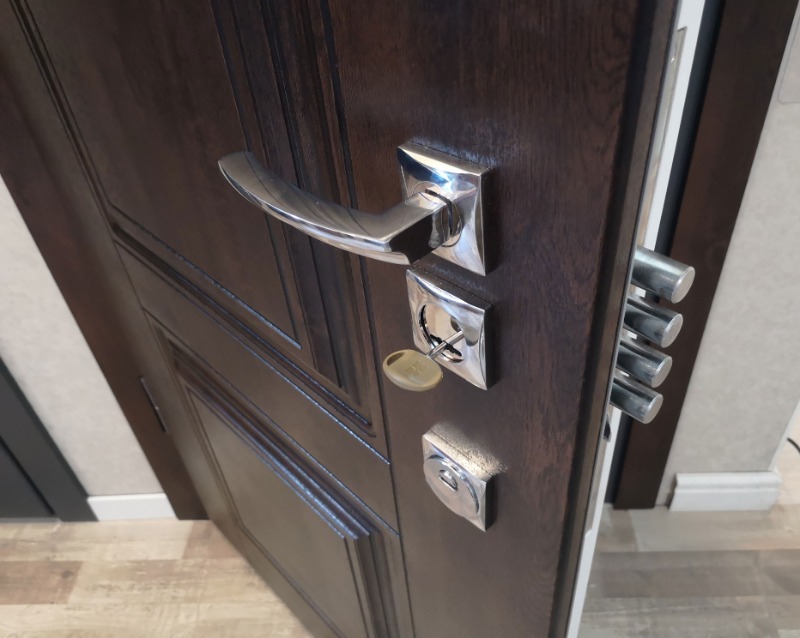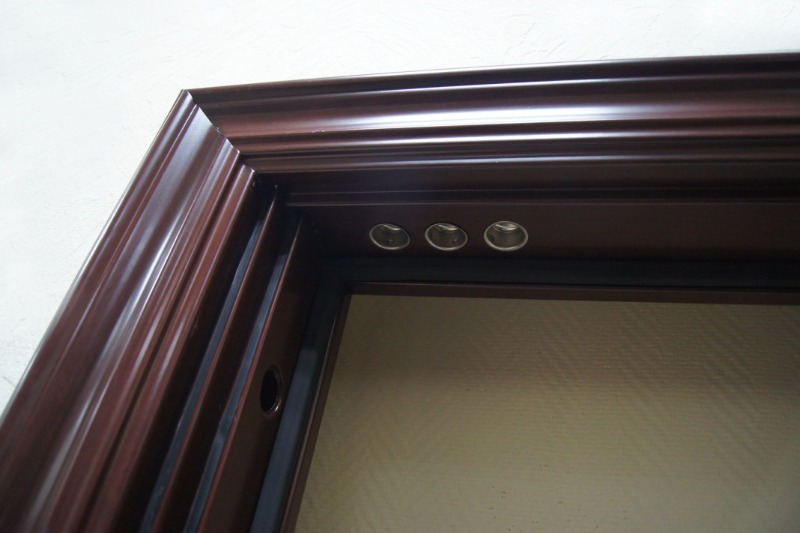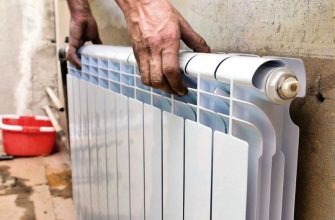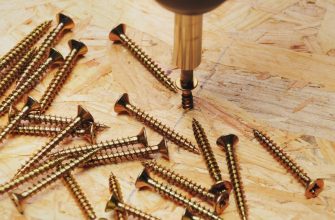When choosing an entrance door, most of us focus primarily on a beautiful appearance, often forgetting about reliability. But, in order to insure yourself and your household from possible troubles, it is worth considering the main mistakes that reckless buyers make when choosing an entrance door.
Thin metal
Too thin metal of the door leaf is pliable to mechanical stress, it can be easily opened even with a can opener. Any intruder knows how to determine that the door has thin metal - when pressed with a finger on the surface, a dent is left.
Therefore, when buying an entrance door, you should make a choice in favor of one with a metal thickness of at least 2 mm. Despite its massiveness and impressive weight, it will better protect the home in the event of a burglary attempt.
No internal jumpers
To prevent an attacker from opening the door just like that, stiffening ribs are invented in it. These elements are located over the entire area of the door leaf from its inner side.
Stiffening ribs not only prevent the door from deforming when opening and closing, but also ensure the mechanical stability of the door frame, due to which the heat-insulating material is held in the correct position.
Another purpose of the stiffeners is to exclude squeaks and other extraneous sounds that occur over time at the points of attachment of the door lining to the frame. These are riveted joints that tend to loosen, and after several years of operation they are destroyed.
To prevent this from happening, a steel corner is welded from the inside along the entire height of the door leaf. It does not allow the door to "go with the screw", which subsequently leads to squeaks and difficulties when closing.
Non-one-piece construction
It is worth abandoning doors that are made by welding. The fact is that during mechanical action on the door, for example, when it breaks out with a pry bar, the stress is concentrated precisely on the welded seams.
When the seam bursts, it sequentially pulls along the rest, laid along the perimeter of the frame.
All that remains for the attacker is to bend part of the door leaf. Therefore, it is worth giving preference to solid door structures that are assembled by riveting.
Poor mount protection
It is unlikely that any door will stand up to a mount if a burglar knows how to use it. The only protection against it will be an additional steel casing and a false strip installed on the outside.
These elements cover a technological gap of several millimeters between the door leaf and the frame. They exclude the possibility of prying the door with a pry bar.
Even if the selected model of the door does not have a porch and casing in the standard set, it is worth additionally purchasing them and installing them when installing the door. An attacker will not even try to break open such a door structure.











Wow, what knowledge in welding, do you know how difficult it is to move the metal that has been welded? you will push it back with one mantle, okay if you try to bend one corner, but when the door has 4 corners and all these 4 corners hold on to each other tightly, you will push the dick apart, think what are you writing